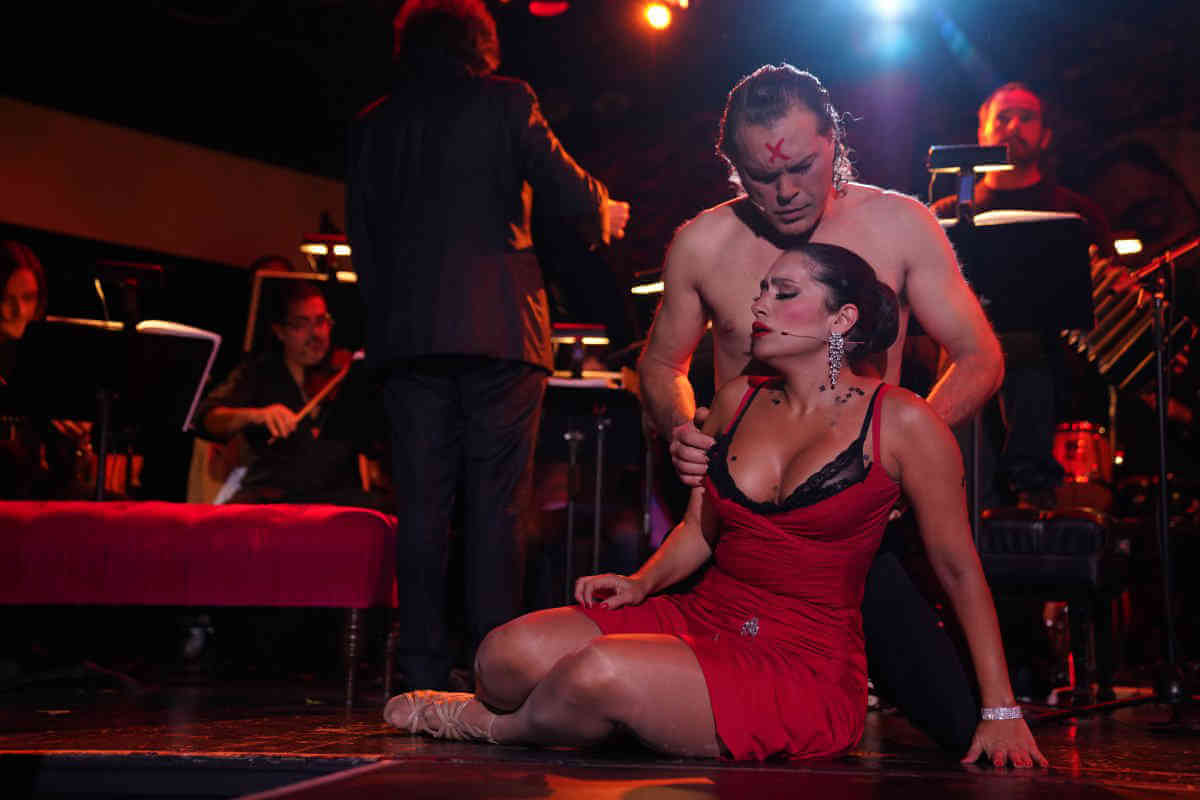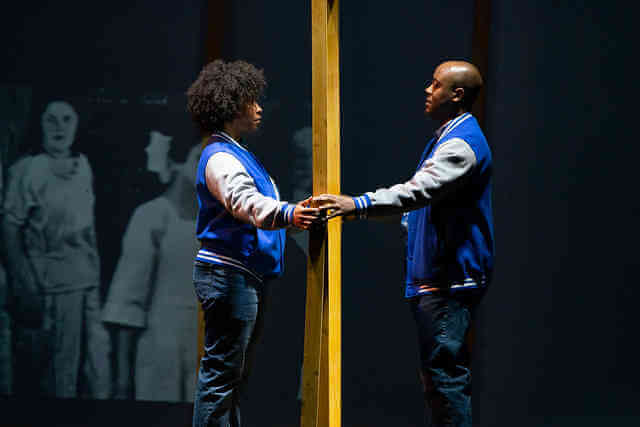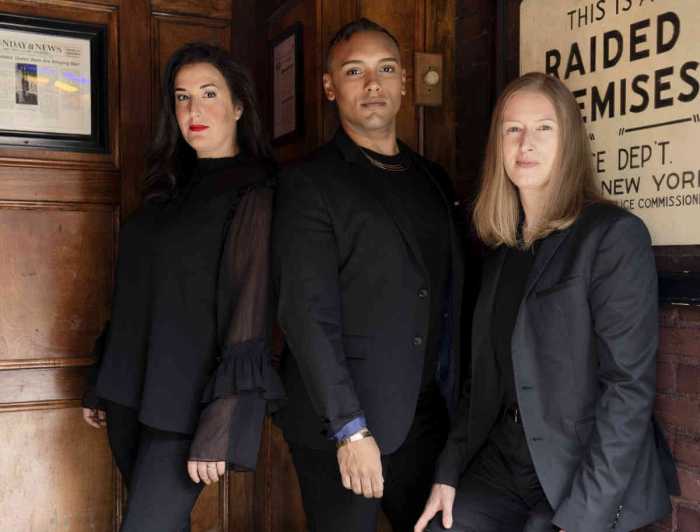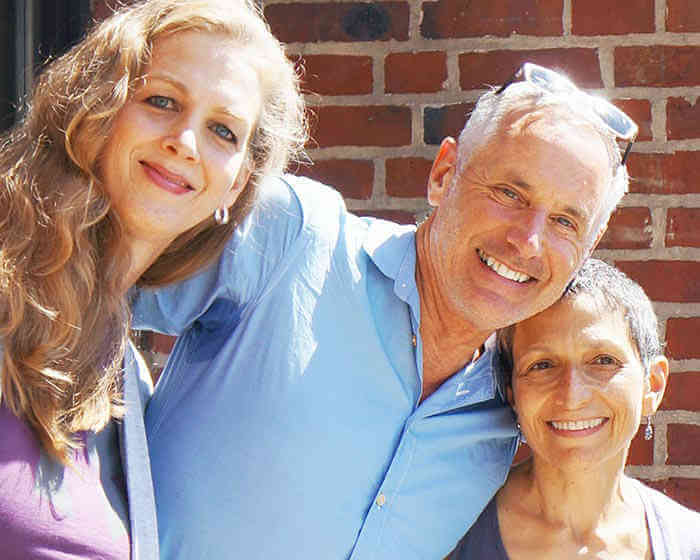For the latest in its annual series of Ópera en Español presentations, the New York City Opera staged Ástor Piazzolla’s tango operita “María de Buenos Aires” for three performances at (le) poisson rouge. The production concept by director Tomer Zvulun originated with the Atlanta Opera but was restaged in the past month for the (le) poisson rouge cabaret space by revival director Stephanie Havey.
Piazzolla’s 1968 work set to a surrealist text by Horacio Ferrer is a sui generis oddity. It is a series of disconnected songs and dances depicting the life and death, rebirth, and second death of María, a woman of the streets of Buenos Aires. María de Buenos Aires is not a woman of flesh and blood so much as woman as symbol — the spirit of a city and a culture. The world is corrupt and cruel; it will destroy María but her essence will endure. There are three solo players: María a prostitute, El Duende the narrator, and El Payador who represents all the men who love, must lose, and will destroy María. There is no real narrative and the characters are concepts rather than individuals.
Here is how El Duende describes María (translation by maestro Jorge Parodi): “Like this city, mournful and festive, stolen from witches on heat that pushes life forward, María was part of that crazy effort of each empty and suicidal card in a lost bet against loneliness. She was the whimsical, grudging verse at the front steps of the first failure, and the one-eyed rose of a lame clown. Goddess and tramp, she dealt equally with heaven and mafia.”
Ferrer’s poetic literary style was influenced by Jorge Luis Borges (forefather of the “magical realism” school of South American literature) as well as European symbolist poetry and surrealist art. Piazzolla’s tangos drip with sweat, cigarette smoke, cheap sex, and potential violence — like María, his music is Buenos Aires.
A piece like this does not belong on a proscenium stage in an opera house because that sets up the wrong expectations in the audience. The environmental staging at (le) poisson rouge lets the audience eat and drink (but not smoke) while the performers move among them or on special platforms while the band (led by specialist Jorge Parodi) plays onstage. It’s like a happening or existential cabaret act.
The casting was spot on: Colombian mezzo Catalina Cuervo reportedly has performed María de Buenos Aires more than any other singer. Her voluptuous dark beauty was matched by her authority in the role. Cuervo sang most of the score in a belty flamenco alto, but in a few higher passages could produce pure classical head tones. Tall Uruguayan baritone Marcelo Guzzo (El Payador) performed Emile de Becque in the national tour of the Lincoln Center “South Pacific” revival but also sings Don Giovanni — he exuded effortless charisma and contained intensity and sang with a velvety, throbbing lyric baritone. Milton Loayza in the speaking role of the ambiguous El Duende was alternately or simultaneously the emcee, pimp, philosopher, and demonic tempter.
Tango dancers Jeremías Fors and Analía Centurión added authentic sizzle and doubled as silent actors in the drama. Maestro Jorge Parodi’s spot-on ensemble shone in the orchestral interludes and added electricity to the tangos whether sung or danced.
New York City Opera must be commended for adding so much to the city’s diverse cultural landscape via music and art.



































